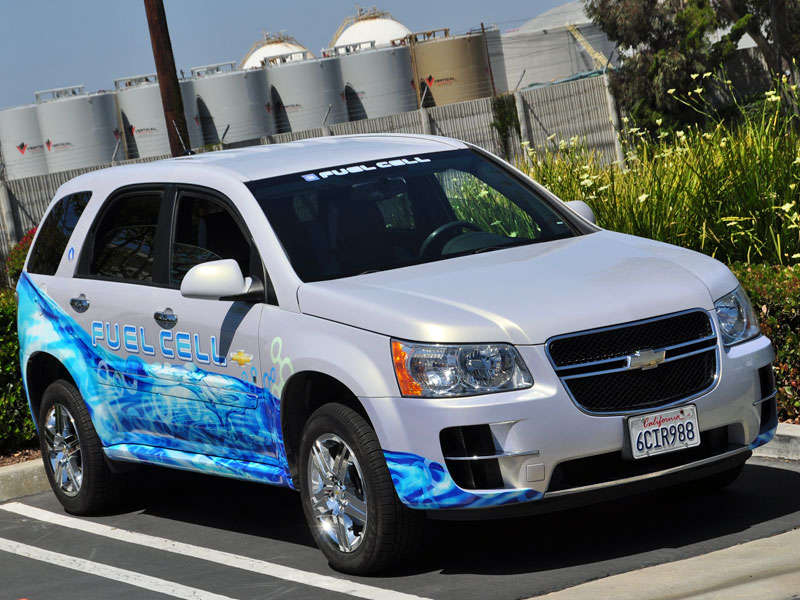Recent Articles
Popular Makes
Body Types
Education, Cooperation, Infrastructure, Cost Keys to Hydrogen Fuel Cell Vehicle Success
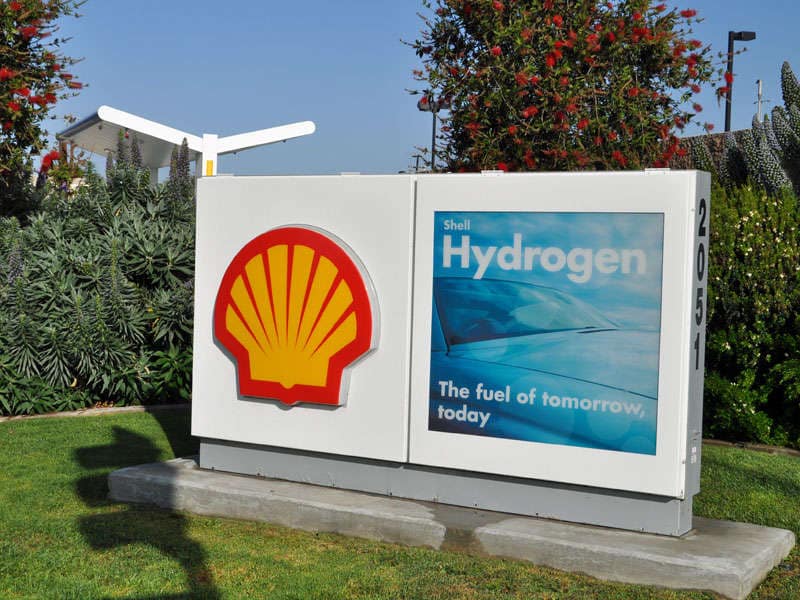
Global climate change caused primarily by burning coal, oil, and natural gas is “virtually certain,” according to latest Intergovernmental Panel on Climate Change mitigation report, released by the United Nations on April 13, 2014. If the world’s leaders and societies do not take action to curb greenhouse gas emissions before 2020, the UN report warns, the costs associated with rising ocean levels, lengthy heat waves, and crop failures will prove more costly in the future than will taking action today.
The science behind such predictions is why leaders from California’s energy, education, fire safety, political, and manufacturing sectors spent a day discussing ways they could work together to speed widespread adoption of Zero Emission Vehicles (ZEVs), including the construction of infrastructure to support increasing numbers of hydrogen-powered Fuel Cell Electric Vehicles (FCEVs), the next-generation wave of which will be available in greater numbers starting in 2015.
To find out what we’re doing about this problem, I headed to Torrance, California to attend a half-day workshop and panel discussion about FCEVs and the infrastructure required to support them.
Hydrogen Fuel Cell Vehicles are the Future
Toyota hosted the Hydrogen Fuel Cell Technology In Your Neighborhood Workshop, organized by the Governor’s Office of Business and Economic Development (GO-Biz) in order to share information about the current state of ZEV development and infrastructure, to discuss the future of ZEVs and what is necessary to support their widespread adoption by consumers, and to offer test drives in currently available FCEV models built by several automakers including General Motors, Honda, Hyundai, Mercedes-Benz, and Toyota.
During the workshop, GM’s Alexander Keros reminded the audience “every zero-emission vehicle, and every zero-emission mile matters” regardless of whether it is generated by a plug-in hybrid, an electric, or a fuel-cell vehicle. However, the experts from the participating car companies agreed that hybrids, plug-in hybrids, and plug-in electric vehicles represent a bridge from a gasoline-fueled past to a hydrogen-fueled future. Hydrogen is the answer because, as Honda’s Steve Ellis explained, the fuel cell vehicle ownership experience replicates the existing gasoline vehicle ownership experience.
With Honda, Hyundai, and Toyota confirming that they will offer new FCEV models for the 2015 model year, and Toyota going so far as to say that it wants to sell its new Fuel Cell Vehicle “in large volumes,” it appears the hydrogen chicken-or-egg conundrum has been resolved. Toyota’s Jim Pisz told attendees: “The sale of hydrogen vehicles is imminent,” which makes the creation of a supporting infrastructure the next critical step on the path to the future.

Building a Hydrogen Infrastructure
Today, in California, there are nine active public hydrogen fuel stations with 19 more expected to open by the end of 2015. California has committed funding to build 100 strategically located hydrogen stations around the state, and is dedicating resources to expedite the necessary permits and to encourage local-level political leaders to help pave the way for private investment in and construction of additional stations in their municipalities.
Challenges do exist. For example, Scott Samuelson of the University of California at Irvine explained that an appealing strategy to encourage private investment is to add hydrogen pumps to existing gas stations, similar to how a Shell station in West Los Angeles has incorporated the fuel. In response, Carl Baust of the Orange County Fire Authority said that existing safety codes and restrictions regarding hydrogen can make it difficult to take the approach. Furthermore, Baust explained that streamlining the station permit process requires additional assistance from federal and state authorities in order to properly evaluate the safety of proposals.
Consumer education is also critical to development of a robust hydrogen infrastructure. Baust and City of Torrance representative Danny Santana each reported encounters with local residents fearful of hydrogen, and Santana specifically mentioned the Hindenburg airship disaster of 1937. However, the Orange County Fire Authority’s Baust said that while the danger factor associated with hydrogen is different than gasoline, it is roughly equivalent. “Hydrogen requires respect, not fear,” said Baust.
Ed Kiczek, global business director for Air Products, a company specializing in atmospheric, process, and specialty gases, underscored the safety of hydrogen as a fuel by explaining that in more than 50 years working with hydrogen, including supplying NASA with hydrogen fuel for the Space Shuttle program, that is has never experienced a fatality associated with hydrogen stations or the refueling process. In fact, Kiczek said that over 1 million hydrogen refueling activities occur annually with existing hydrogen gas applications, and without incident.
“It’s here. It’s today. It’s working. And it’s safe,” said Kiczek.
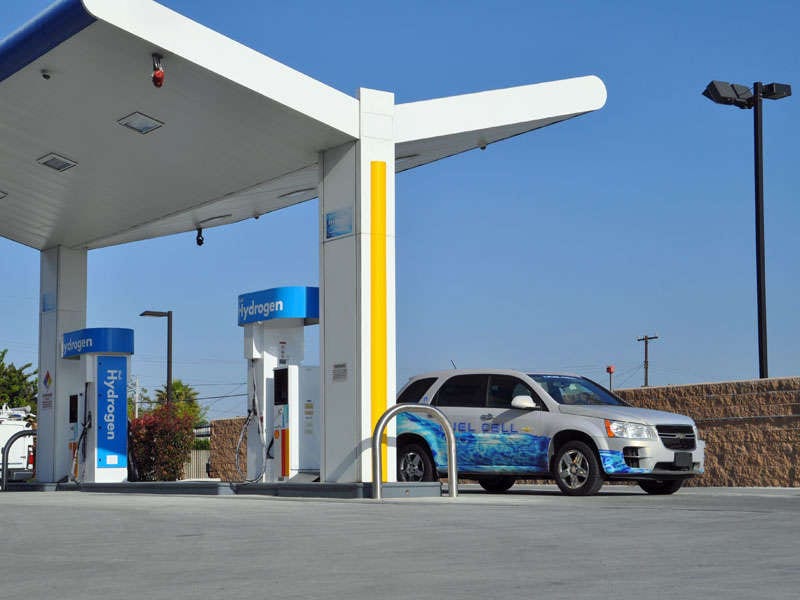
Why Hydrogen Fuel is Smart
When hydrogen fuel is converted into electricity that is, in turn, used to power a vehicle, the only emission from the exhaust outlet is water vapor. In other words, a fuel cell electric vehicle (FCEV) emits zero greenhouse gas emissions.
Though electricity is what powers the FCEV’s wheels, hydrogen-fueled vehicles do not rely on a rechargeable battery pack that suffers from a limited range, like current electric cars. Instead, fuel cell vehicle owners pull up to a hydrogen pump that is similar to a gasoline pump, attach the pump to the vehicle, and refill the hydrogen tank. The process takes about twice as long as it does to fill a gasoline tank, but is nonetheless much faster than recharging an electric car’s battery pack.
Once the hydrogen tank is topped off, an FCEV offers far greater range than a typical electric car powered by a battery pack. Driving range is similar to a vehicle equipped with a gasoline engine, and a kilogram of hydrogen is approximately the same as a gallon of gasoline.
The cost of the two fuels is different, though. Today, due to a limited hydrogen station network and very few hydrogen vehicles on the road, every kilogram of hydrogen costs about $10 compared to an average of $4.18* per gallon in California. Air Products’ Kiczek said that if hydrogen vehicles proliferate, and if public hydrogen fuel stations become viable businesses, the retail price of hydrogen could fall to the equivalent of $5 per kilogram in today’s dollars by 2025.
* Source: Gas Buddy, April 15, 2014
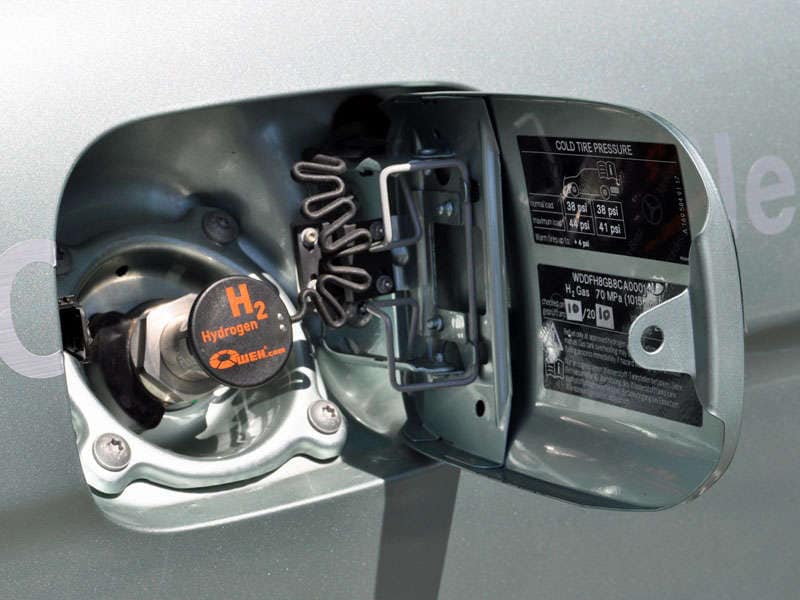
Challenges to Hydrogen Production
Aaron Gold, a fellow Autobytel contributing editor, isn’t necessarily convinced that hydrogen fuel is the right way to go, citing that the steam reformation process most commonly and inexpensively used to create liquefied hydrogen or compressed hydrogen gas requires water and the expense of energy to create energy. Even my 13-year-old daughter expressed a concern associated with using water to generate hydrogen fuel, especially when many regions of the world regularly face severe drought.
What many people don’t realize is that hydrogen production by steam reformation is already taking place, generating nine million metric tons of the stuff each year, which is then trucked in liquid form or transferred via pipeline in gaseous form. And while the steam reformation process doesn’t completely eradicate pollutants from the atmosphere, Honda’s Steve Ellis notes that even if you make hydrogen from natural gas the atmosphere benefits from a 60 percent reduction in carbon-dioxide emissions compared to burning gasoline in a traditional combustion-engine vehicle. Better still, if hydrogen is sourced from biogas from wastewater, it’s almost impossible to measure meaningful emissions from the process or its use in a vehicle.
Currently, hydrogen stations in California source the fuel in different ways. The dedicated Shell station located in Torrance and depicted in this article is connected to a hydrogen gas pipeline, while one located in the city of Newport Beach employs an on-site steam methane reformer creating hydrogen from natural gas. The Orange County Sanitation District also has a hydrogen dispenser fed by hydrogen created from sewer wastewater at the facility.
Addressing concerns about how hydrogen is generated, Hector De La Torre, a member of the California Air Resources Board (CARB), says that all 28 hydrogen stations that will be in operation in the state by the end of 2015 will dispense hydrogen produced using at least 33% renewable energy sources.
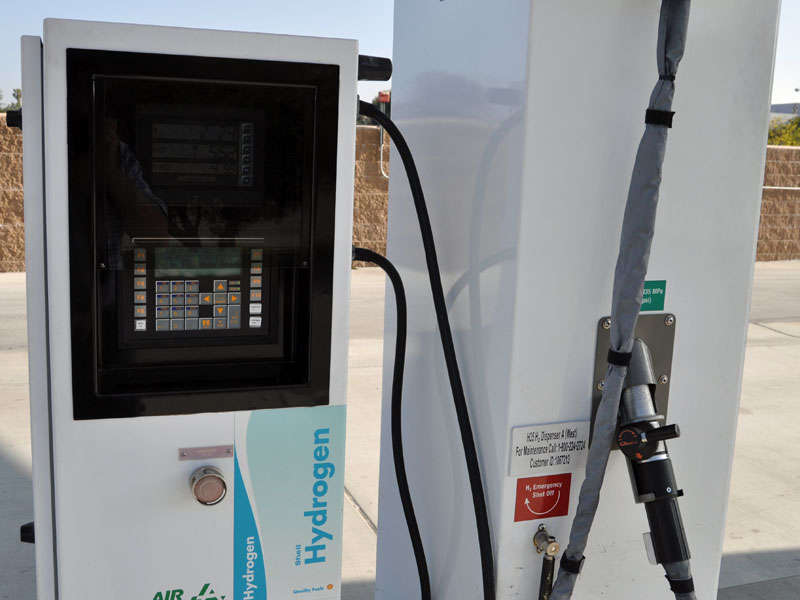
Keros: “You need to think of this as a marathon, a team sport.”
Alexander Keros, the representative from General Motors, is a realist. He knows that to make hydrogen happen will take a Herculean effort on the parts of governments, corporations, and consumers, and that’s if a majority of the people on the planet can agree that global warming is real, that global warming is a threat, and that hydrogen fuel cell electric vehicles are the answer.
I’m not sure that’s possible. Americans alone are deeply divided on the issue, and the United States is one of the more environmentally enlightened and heavily regulated regions of the world. Meanwhile, it’s hard to walk down a Beijing street and breathe at the same time.
Thankfully, leaders such as those gathered for the Hydrogen Fuel Cell Technology In Your Neighborhood workshop that I attended aren’t sitting around waiting for somebody else to find the solution to the problem. As Janea Scott, Commissioner of the California Energy Commission, said as the final speaker of the day: “Hydrogen is not new. Education is key. The cars are coming. This is real.”
Hopefully, for the sake of our children and future generations, we’re not too late. Build a hydrogen station near me, and make a family-sized FCEV that’s also affordable, and I’m on board with this program. But then, we Californians are crazy.
